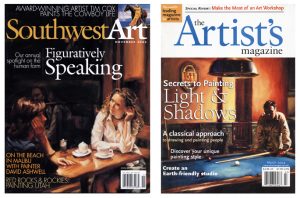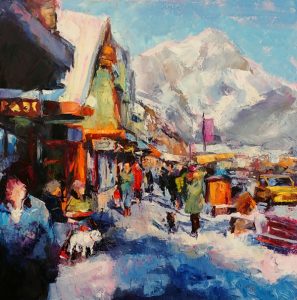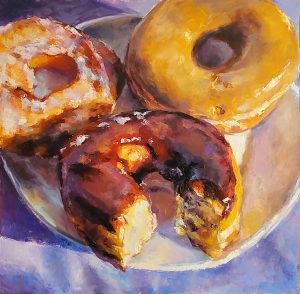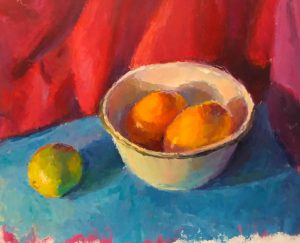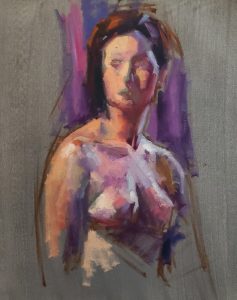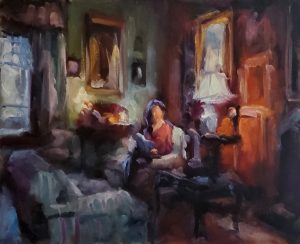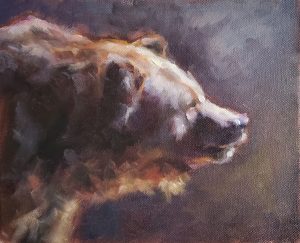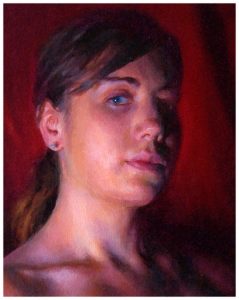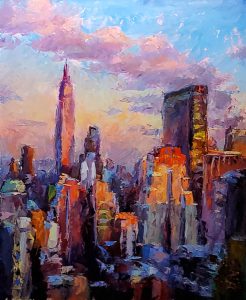Michael J. Downs
Classes + Workshops
To register for ongoing classes with Michael J. Downs, feel free to contact them directly at the links above!
Class Schedule
Learning to paint anything is about knowing how to think visually, and then practicing the seven habits and five skills of great artists in an ordered way. Learning and understanding these basics will give you a solid foundation for creating good art.
Michael J. Downs
Teaching artists since 2006
Michael J. Downs is an award-winning artist whose canvases beautifully capture the transient quality of light in portraits, landscapes and still lives. Inspired by artists from the gilded age like John Singer Sargent, Joaquin Sorolla, and Anders Zorn. Downs’ paintings can be seen in galleries and private collections across North America, Europe, and Asia. His work reflects the style of impressionists Claude Monet, Charles Hawthorne, and Henry Hensche, and it is recognized in articles and on the covers of Artists Magazine, Southwest Art, and Arts and Antiques Weekly.
Downs grew up in Vancouver, BC, and received a lot of encouragement and inspiration from his musical parents, who helped him develop an artistic sensibility. As a fine arts graduate, with a diploma in Communication Design and Illustration, Michael spent the early part of his career as a highly sought-after illustrator creating book covers and illustrations for magazines in a variety of mediums and styles.
After moving to Alberta “where the light is golden,” he focused his talent on painting and has become a well-known portrait and landscape artist in western Canada.
“My students go through a cognitive shift. From looking at things to seeing how shapes and colours exist and relate to each other. It’s an abstract way of thinking but with practice, anybody can learn this beautiful, visual language – and then they can paint anything.”
Over the years, Michael has developed a passion for art education, conducting workshops for schools, colleges, and teachers’ conferences. His goal is to teach his students the fundamental skills and habits that the world’s greatest artists have used for hundreds of years.
Michael coaches his students to move from conceptual thinking (preconceived notions and assumptions about a subject) to perceptual vision (what they actually see). His teaching technique includes using the palette knife, which allows students to keep things loose and create the form quickly, and to see shapes and colour relationships while avoiding and getting trapped by the details.

